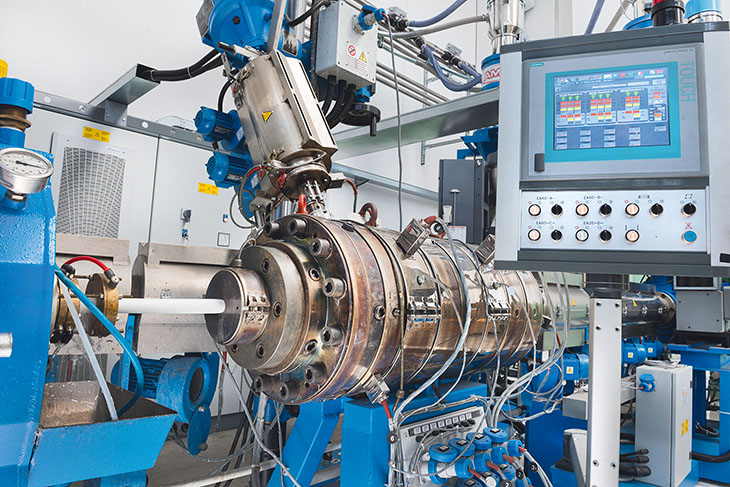Branding is essential in shaping consumer perceptions and loyalty within the automotive industry, yet what makes an iconic logo memorable remains to be discovered. Its answer lies within cognitive impact research or neuroscience behind iconic logos. This comprehensive blog article will delve deep into the relationship between neuroscience and memorable logos - such as automotive brand logos - and how their brands use these symbols to leave lasting impressions on consumers. From the mind's eye to logo psychology, we will uncover its mysteries, explore the building blocks of lasting brands, evaluate innovative tech trends, and understand why certain logos remain iconic. Join us on this adventure as we uncover the cognitive impact and neuroscience behind iconic automotive logos!
Memorable Logos Leave Lasting Impressions on Consumers
Memorable logos make an indelible mark by engaging people's minds and drawing them in.
- Visual Identity: An eye-catching logo draws focus through its design, colors, and symbolism.
- Emotional Resonance: Successful logos tap into consumer emotions through emotive associations they evoke; these have greater consumer engagement than their non-relatable counterparts.
- Consistency: Brands with consistent presence become part of our subconscious over time.
Unlocking the Brain's Secrets: Unraveling Iconic Logos through Neuroscience
Iconic logos elicit specific neural responses and make them truly memorable.
- Neuroimaging studies: Researchers use brain scans to study how logos activate various brain regions.
- Neuroaesthetics: Neuroaesthetics explores the brain's response to visual stimuli, providing insight into logo design principles.
- Memory formation: Iconic logos stimulate brain memory centres, aiding recall and recognition.
How Logos Aim at Capturing Our Brains
Brands leverage psychological techniques to create logos that appeal to consumers' minds. In this context, considering suggestions on how to name products and sub brands, along with design these logos becomes pivotal. The art lies in crafting logos that catch the eye and deeply resonate with consumers, forming a lasting connection.
- Color psychology: Brands use color strategically to convey emotions and messages to their target consumers, while logos often incorporate symbols and narratives to build deeper connections with consumers on an emotional level.
- Neuromarketing Techniques: Companies use consumer psychology to design logos that maximize appeal and impact.
Exploring the Neuroscience Behind Iconic Logos
Logos are essential elements in creating lasting brands in the automotive industry.
- Brand Recognition: Memorable logos foster instant brand recognition and increase consumer trust and loyalty.
- Emotional Connection: Logos that elicit positive feelings create stronger consumer and brand bonds.
- Longevity: Iconic logos utilize their neuroscientific construct to maintain relevance and impact over time.
Innovative Tech Trends: Their Influence on Brand Identity
Innovative technological trends are revolutionizing the automotive industry's logo design and brand identity.
- Digital aesthetics: Tech-driven logos embody modernity and innovation through digital design principles that reflect modernity and innovation.
- Interactive logos: Augmented reality (AR) and virtual reality (VR) technologies allow logos to engage customers uniquely.
- Data-driven design: Brands utilize data analytics to inform logo design decisions and maximize consumer engagement.
Why We Remember: The Neuroscience of Iconic Branding
Neuroscience can explain why some logos become indelible images in our memories.
- Memory and Emotion: Iconic logos engage memory centers in the brain, strengthening brand recall.
- Emotional Resonance: Brands with emotionally charged logos leave lasting imprints on consumers' memories.
- Cognitive Processing: Logos that are easy for consumers to process and remember become iconic over time.
Conclusion
Automotive brands compete to earn customer attention and loyalty; understanding the cognitive effects and neuroscience behind memorable logos is paramount to securing these objectives. From activating specific neural pathways, creating emotional attachments, and increasing brand recognition, iconic logos are not mere visual symbols but powerful tools which use human brain physiology to their advantage.
Automotive brands continue to leverage neuroscience's power by creating logos that draw the eye and remain memorable in consumers' memories. In an ever-evolving landscape, the neurobiology of amazing logos remains an active field, driving innovation and creativity in logo design and brand identity. By exploring the automotive branding landscape, we gain insight into their profound effects on human brains and the lasting legacies left by automotive brands that dare be unforgettable.





















